Physics
Fox
Summary
- Light comes in different types, which we see as different colours.

- A colour looks bright when there is a lot of light with that colour. A colour looks dark when there is not.

- Colours exist in a spectrum from red to violet. This can be seen in a rainbow or a prism.

- When many colours in the spectrum are combined together, we see white light.

Black and blue
And who knows which is which
And who is who
So far we have only thought about light in a black-and-white way; more light = brighter, less light = darker. If this were the whole truth, everything would be in monochrome, like in old films:

Fortunately this isn't the case in real life — light comes in lots of pretty colours!
Light comes in different types, which we see as different colours. For example, there's red light, green light, orange light and blue light. Most luminous objects emit many colours of light, but lasers produce just one colour:

A colour appears bright when there is a lot of light with that colour. A colour looks dark when there is not.

Is white just another colour of light, or is there more to it than that?
While hiding from the plague, Isaac Newton discovered that white light is made up of all the colours of light, which he called the visible spectrum. He did this by splitting a beam of white light using a prism (glass in the shape of a stretched-out triangle, like a Toblerone):

Water droplets split white light in a similar way to prisms, so they are able to create the same colour spectrum. Therefore if you have a lot of water droplets (e.g. rain) and enough white light (e.g. from the sun), you will see a spectrum — this is a rainbow!

Newton decided to name all the colours in the spectrum. He arbitrarily decided on there being 7 colours, because he wanted it to be the same as the number of notes in a musical (major) scale. All together now:

This isn't really physics; if you've ever looked in a Dulux catalogue you'll know there's a lot more colours than 7. In fact, there are infinitely-many, although lots of them are pretty similar to each other (like episodes of Coronation Street).

(It's genuinely someone's job to come up with these names)
What actually makes red light different from blue light, or green light different from yellow light?
This is because light is a wave, and all waves have a property called frequency — how quickly they go up and down. The colour of light depends on its frequency; red light has a low frequency, and blue light has a high frequency. Other colours have frequencies in-between these two.


Don't worry if this doesn't make much sense yet: we will learn about light waves properly another time.
Congratulations!
5 of 5 questions completed
+ ⭐️ collected.
Sign up (for free!) to:
• save your progress 📊
• create constellations✨
• customise your fox! 🦊







